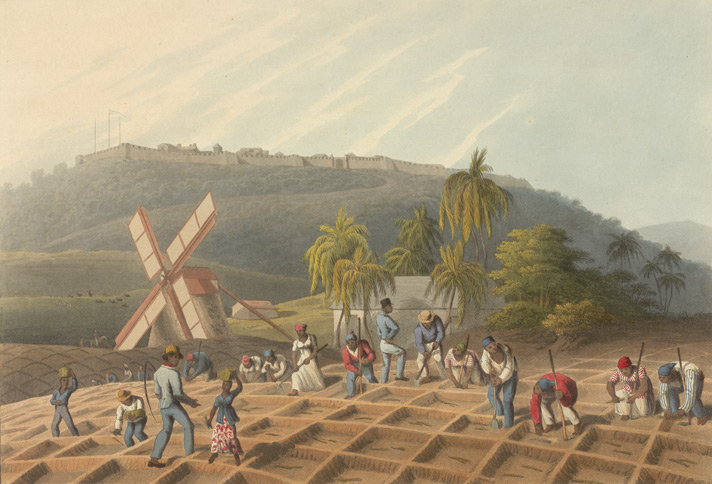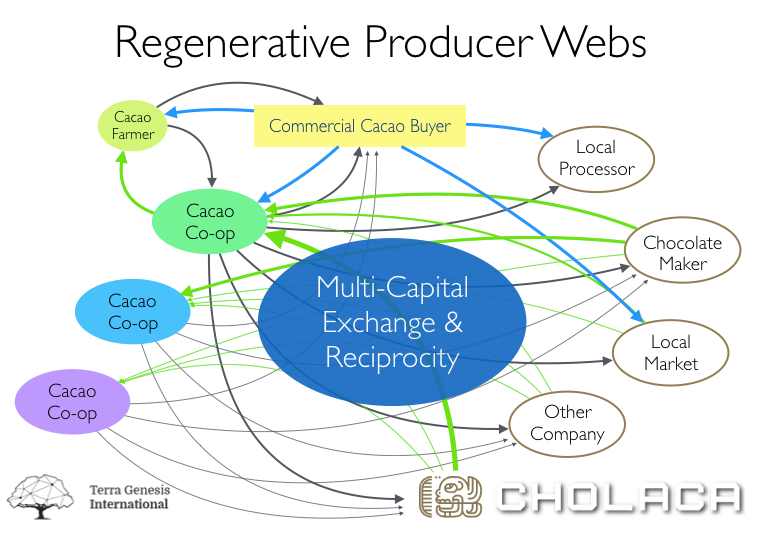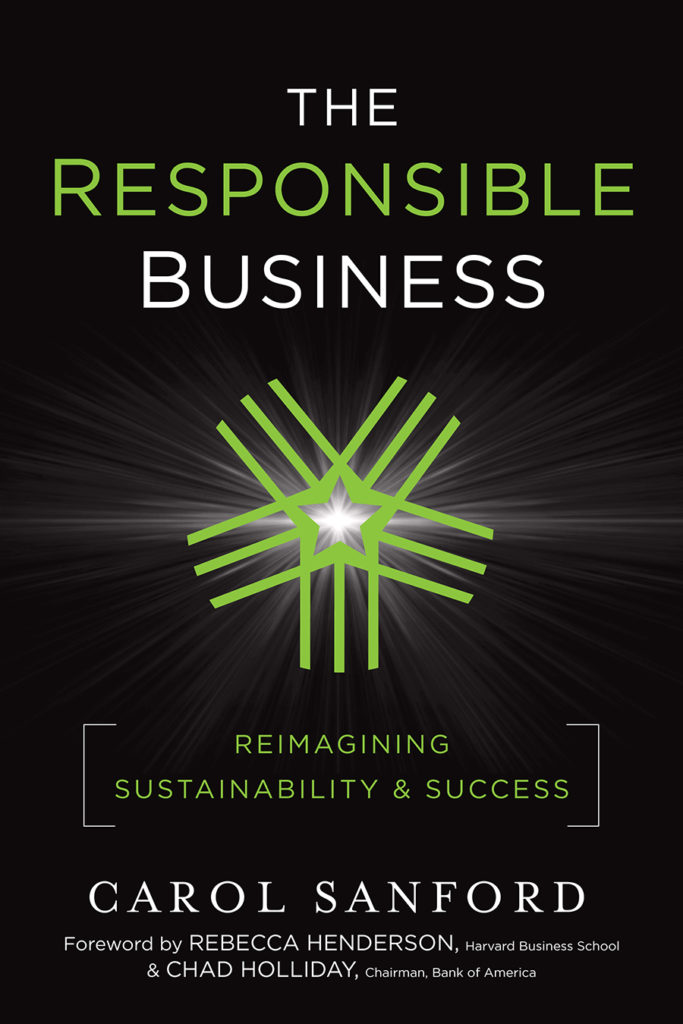(Note: I’m writing a more complete and expanded version of this article, including graphics and structured analyses of these lineages. Sign up for my mailing list if you want to read the finished version.)
There are 5 primary intellectual and practical Lineages of people who are using the term”Regenerative Agriculture”.
Each Lineage has a different definition, farming philosophy, and approach to growing their community. In the last year, one of them is quickly (but quietly) out-growing the others.
Here are the Five Lineages of Regenerative Agriculture:
1. Rodale Organic
Basic organic agriculture practices promoted by Rodale since the 1970s, re-dubbed “Regenerative Organic” in recent years and requiring the tenets of organic agriculture as a baseline. The focus is soil. CPG brands have been strongly promoting this lineage, most notably through the Regenerative Organic Certification.
This lineage seems to think that “regeneration” is a combination of 40-year-tested conversation farming practices – cover cropping, crop rotation, compost, low- or no-till. These are great practices for reducing erosion, inputs and (if practiced with great skill) beginning to increase soil carbon. However, I do not think there is any such thing as a “Regenerative Agriculture Practice” – only systemic outcomes can confirm that a regeneration is taking place.
2. Permaculture/Regrarians
Permaculture as a global movement loves the IDEA of regenerative agriculture, but for the most part fails to achieve significant levels of agricultural production. Along with a strong focus on small-scale design and unproven beliefs about reversing climate change, this lineage of Regenerative Agriculture tends towards ideals from the human potential movement, focusing on how to create “thriving” and “abundance” for all.
Regrarians, emerging from but transcending the scale and idealism of permaculture, has for decades integrated Holistic Management, Keyline, and ecological design processes at farm-scale around the world. In my opinion some of the best regenerative agriculture farm design comes from this lineage – they effectively integrate agroforestry, comprehensive water-planning, soil-building, and holistic livestock management while building farmer capacity and economic viability.
3. Holistic Management
Promoted by both the Savory Institute and Holistic Management International, focusing on a comprehensive decision-making framework designed for animal-centric ecosystem regeneration.
In 2018 Savory released their Land to Market Ecological Outcome Verification system, with backing of some significant food and fashion brands. This is the best standard on the market, in large part because it is outcomes-based (instead of practice-based) and requires a positive trend-line for ecosystem improvements.
4. Regenerative Paradigm
Over 50 years ago, the term ‘Regenerative’ was developed by Charles Krone to describe a radically different paradigm of approaching human and systems development. Guided by the Carol Sanford Institute, a small but effective community of practice including Regenesis, Terra Genesis International, Regen.Network and others has applied the paradigm to Business, Design, Planning, Education, and Agriculture.
Many people who begin their journey in the ‘Permaculture’ lineage mentioned above, find their way to here. The most complete explanation (so far!) of farming from the perspective of this lineage is freely available in the paper ‘Levels of Regenerative Agriculture‘.
5. Soil Profits / No-Till / NRCS
Typified and led by Ray Archuleta, Gabe Brown, and others, this lineage draws practices and inspiration from other Lineages but appeals strongly to conventional farmers by eschewing the dogmas of organic agriculture and focusing on bottom line profits through increased soil health.
This final Lineage is the one that I see quietly experiencing exponential growth – dominating the Regenerative Agriculture mentions in middle-America newspapers (which I track, somewhat obsessively, in the monthly Regeneration Newsroom) and actually being adopted by mainstream conventional farmers.
By bypassing prejudices against ‘organic’, and allowing farmers to still use synthetic inputs, this lineage is received openly enough to then show the economic arguments for decreasing inputs and improving soil through good crop rotation, no-till, and grazing practices.
The narrative that something as effective and sexy as “Regenerative Agriculture” is available to conventional farmers is a big deal. While I think this lineage misses opportunities through its incompleteness and dis-integrative approach, I believe it is incredibly important for the world to watch and support its growth and evolution.
Conclusion
My goal in writing up these lineages is to help discern and distinguish the different meanings and philosophies at play when someone says “Regenerative Agriculture”.
There is a significant “Regenerative Hype” sweeping into public consciousness, primarily through the natural products industry, but also pushed by recent climate change reports and global political dialogue.
More and more organizations, individuals, and businesses will start to claim that what they are doing is “regenerative”, without changing how they are thinking or even what they are doing. I think that understanding what lineage they are speaking from will help everyone to discuss, debate, and further develop the actual effects of work in this realm – there is great potential in Regenerative Agriculture, and we are not anywhere close to achieving it.






